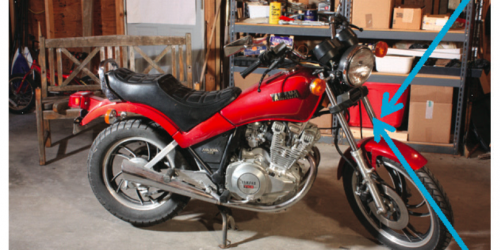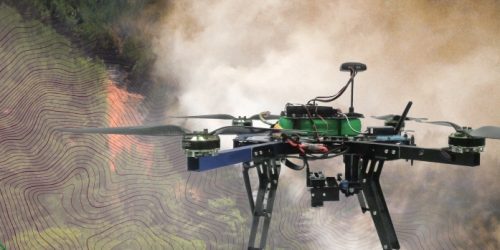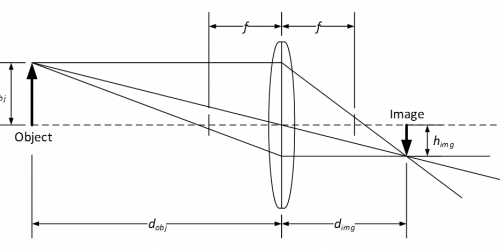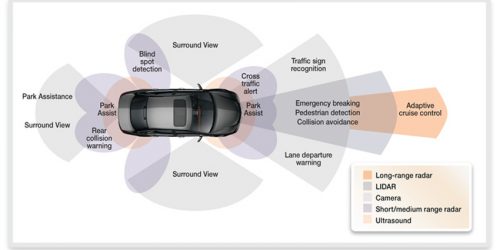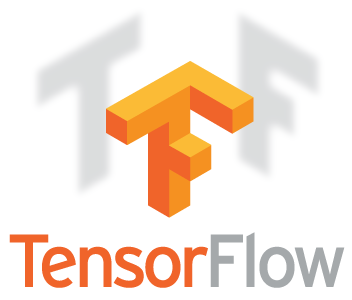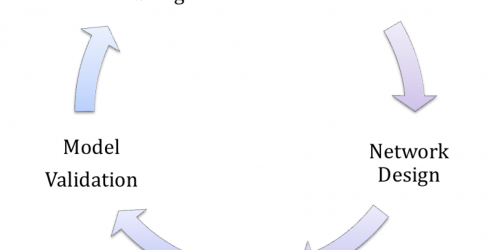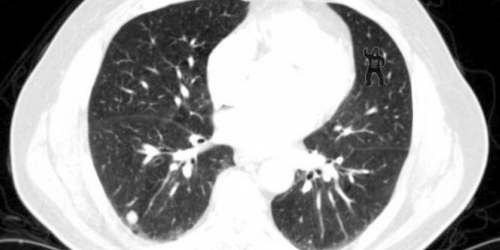Stereo Vision: Facing the Challenges and Seeing the Opportunities for ADAS Applications
This technical article was originally published on Texas Instruments' website (PDF). It is reprinted here with the permission of Texas Instruments. Introduction Cameras are the most precise mechanisms used to capture accurate data at high resolution. Like human eyes, cameras capture the resolution, minutiae and vividness of a scene with such beautiful detail that no […]
Stereo Vision: Facing the Challenges and Seeing the Opportunities for ADAS Applications Read More +

